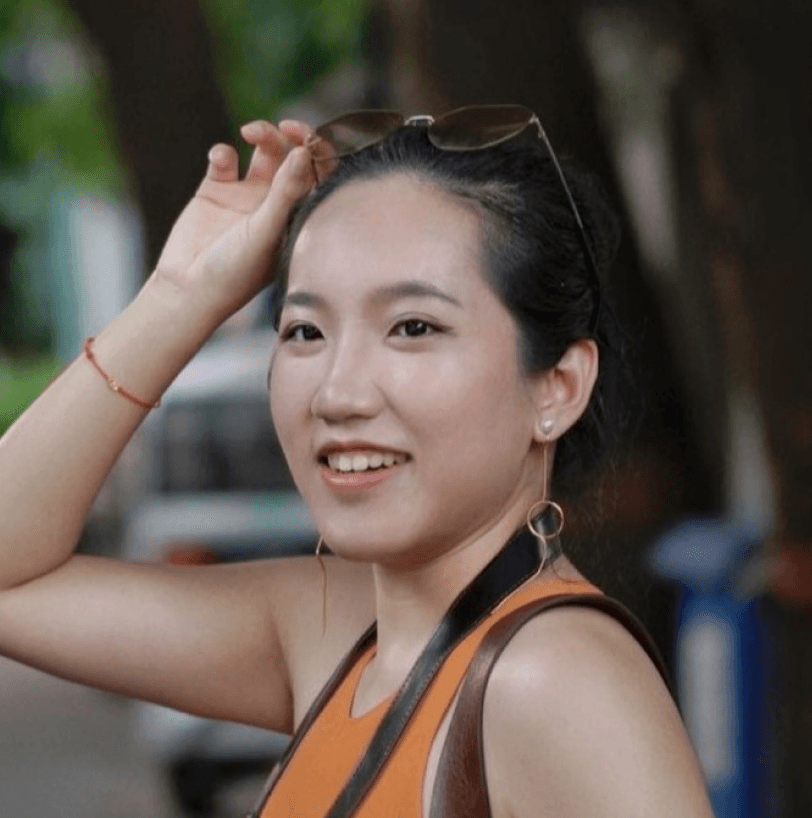Forging seamless connections among long-distance multi-vehicle road trips
UXUI Design, HMI Design
JourneyLink is a vehicle-to-vehicle HMI system designed for long-distance multi-vehicle trips, helping road trippers stay connected and coordinated on the road.
With rising travel demand and increasing traffic, existing systems struggle to support seamless coordination. JourneyLink introduces real-time V2V communication to optimize travel flow, reduce navigation issues, and improve driver comfort.
Year
2023
Timeline
4 months
My Role
HMI Design · UX/UI Design · User Research · Information Architecture · Wireframe & high fidelity prototype
Contributors
Product Manager x1, Designer x3
Opportunity
Why Is It Important?
With rising long-distance travel and traffic demand, current systems struggle to coordinate vehicles efficiently.
V2V communication enables smarter interactions and real-time coordination, improving travel flow and comfort.
Overview
My Role
As designer, I focused on addressing challenges in long-distance travel by exploring vehicle-to-vehicle (V2V) communication and real-time coordination. I defined user interaction flows and visualized key metrics to highlight the opportunity space.
Final Solutions
A Glimpse into the Journey
Challenge
Problem Statement
The Approach
A Glimpse into the Journey
Research
What we heard from the users...
We undertook focused interviews with 8 car owners from 20-50 in all gender, centering our discussions around the following key areas:
Users concern about...
Target User Group
Among them, we found that young individuals prefer traveling with friends or family and value technology that supports detailed planning and safe experiences.
Competitors
What's on the existing vehicle system landscape?
Innovation highlights few car brands have pioneered that we think could potentially elevate user experience during long distance group road trip:
Top 3 User-Requested Features :
Popular Travel Features to Integrate :




Core Features
Design Exploration
User Flow
Innovation highlights few car brands have pioneered that we think could potentially elevate user experience during long distance group road trip:
Popular Travel Features to Integrate :
Layout Exploration
1. Horizontal Cards
Cons :
Limited Information display on each card.
Hard to access the button on the right.
2. Vertical Cards
Cons :
Main functions are far away from driver.
Function distribution is scattered.
3. Multiple Cards
Pros:
Consolidation of diverse functions on the left side, facilitating simplified access for drivers.

Winner Scheme
Popular Travel Features to Integrate :
1
Voyage link main function panel - Real-time communication, Pin-it Marker, View Capture
2
Basic functional setting panel - Car condition, Air condition settings, Music, Volume, More apps
3
Expansion of the Main Function Panel - Incorporating a slide-in side panel to enhance driver accessibility
4
Voyage link navigation system - Multi-car location sharing, Travel progress bar
Notification System
Notifications appear in the bottom left, easy to see without distraction.
Displayed one at a time, prioritized by importance and timing for safety.
Validation
Based on the initial user flow, I created a prototype for testing. Working with other designers, we crafted an interview guide and conducted 6 user interviews to validate the design. Participants tested the prototype on tablets or screens while we observed their interactions.
Task 2: Answer questions from the interview guide
Task 1: Getting an initial understanding of the feature
User Concerns
Video Call Safety & Timing
75% of users are distracted by video calls and worry about timing, impacting focus on the road.
"Real-time calls help, but video pulls my focus away."
— Justin O.
Event Marking Options
50% of users struggle to mark events within 3 seconds due to too many options.
"Too many choices make it hard to quickly mark the right event."
— Vivian L.
Photo vs. Recording
Users prefer recording over photos when driving, concerned about stability.
"Photos aren’t clear at high speeds; recording works better."
— Annie H.
Accessing Features Quickly
Users find it inconvenient when essential features take over 3 steps to access.
"Quick access is essential—too many steps slow me down."
— Justin O.

Final Design
Let hit on a road trip together!
01
Scenario 1 : Sync Itinerary & Download offline map
As Jason, Kate, Phill, and Aiony enter the car, JourneyLink automatically syncs their itineraries. When cell coverage drops, it prompts them to download an offline map, ensuring smooth navigation without an internet connection.
02
Scenario 2 : Add Stop & Deviation Invite
After hours of driving, Jason decides to stop for a meal. He adds a restaurant to their route and sends an invite to his friends, allowing everyone to join. The deviation feature keeps their trip flexible and enhances the shared experience.
03
Scenario 3 : Interaction Along the Road
On the road, Jason spots an accident and marks it on the map to alert his friends. Later, he finds a scenic spot and uses the external camera to capture the view, sharing memorable moments along their journey.

User Testing
Design Success: User Satisfaction & Impact
Users are pleased with the enhanced travel experience
We interviewed 12 individuals across three long-distance road trip teams, and most of them expressed satisfaction with the core features.
Trip Sync
Route Updates
Quick Marking
Overall, we achieve :
3s
Real-time Communication
80%
Task Success Rate
+60%
V2V Interaction


























